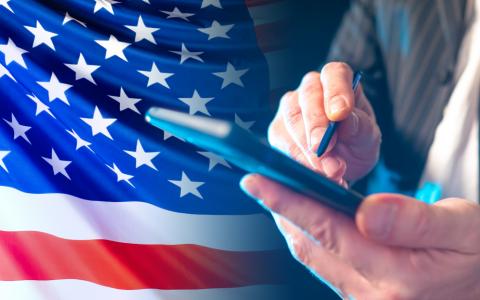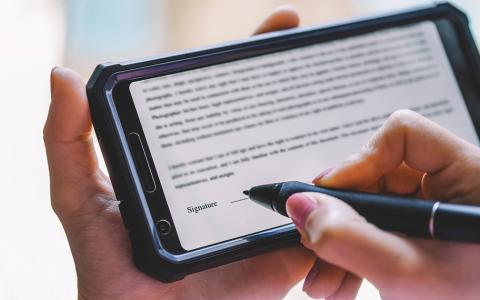What You Should Be Looking for in a Digital Signature Provider
We, as humans, are obsessed with choice. Ever since our days of hunter-gathering, we have been hardwired to pick only the best of what is available. Our survival instincts were probably at their strongest at the time, and we could not afford to die by a mere stale berry or a rotten piece of meat. Even today, when we go out shopping for clothes or groceries, we make sure we take our time to pick the best of what is available. We do this subconsciously. So why not learn today how to pick the best digital signature provider and look for subtle details while choosing them?
INTEGRITY
When it comes to digital signatures, integrity is ensuring that a user’s signature is tied to the version of the document they are looking at while the signing happens. Also, the documents must remain the same once they are done signing. If in case the documents are tampered with after signing, the digital signature provider must have the ability to provide strong tamper evidence for those documents.
AUDIT TRAILS
This is one of the most important features to look for while choosing a digital signature provider. An audit trail is simply a feature that keeps a log of every action that the signers perform on every document in each transaction. Audit trails give the user a detailed track of everything that happened in each transaction. It would help if you also enquired more about how this information is stored and how safe it is from tampering.
LONGTERM VALIDITY
Paper signatures are valid forever. Take the US Declaration of Independence as an example. The entire declaration was written on a piece of paper and signed by 56 signers 245 years ago. That document is still valid and honored today. This is what digital signatures must provide – a method based on standards that can help prove the document’s validity not just today but even in the years to come.
ASSOCIATION
Association is nothing but a method that proves that the signature must be linked to the data or record being signed. You must understand beforehand whether or not the digital signature provider provides a method that permanently embeds the signature in the document or simply attaches an image of the signature on the document. The absence of this method is one of the primary causes of forgery.
Also read: The ESIGN Act and the UETA under the Microscope
INTENT OF SIGNATURE
This is yet another essential feature to look out for. While going through the signing process, digital signature providers must make sure that the signers go through enough deliberate steps to complete their signing. This clearly indicates the intention to sign.
NOTICE OF CONSENT
Digital signature laws in some countries require the signers to understand that they are engaging in a digital signature process before they start the process. This allows them to either continue or opt-out. Signers should be able to opt-out if they wish to. This feature helps avoid unintended signatures, especially in the elderly population, which are unfamiliar with modern computerized technology.
IDENTITY AUTHENTICATION
Don’t overlook this feature while choosing a digital signature provider. Signers must prove their identity through a government-recognized 3rd party authenticator or by sharing personally identifiable information and proofs of that information within the digital signature application or website. This feature is important because it ties the signature with the person who signed it and is available for all to see even after the signing process is complete.
DrySign is a highly sophisticated digital signature provider that incorporates all the above-mentioned features right into the application. From robust audit trails to lifetime validity, DrySign has you covered from all vulnerabilities. Try it out for free.











